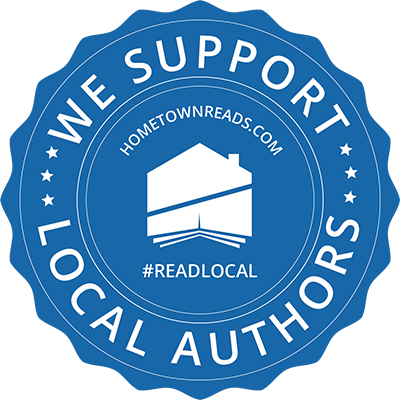Why do we need to describe our characters? Because we do not want them running around invisible and naked within the pages of our story. We need strong multi-dimensional characters that readers can empathize with. As humans, we are not one-sided stick people. It is our desire to create characters in our own image, so why not make them all diverse individuals.
Ways to create and build your characters:
- Personality: Review their personality traits: what has influenced their personality? Cultural factors, psychological factors, biological or genetic factors, or environmental factors? How did they grow up? Giving characters specific personality traits will help build their backstory.
- Appearance: Describe what they look like and the clothes they wear: what is a unique piece of clothing that is specific to them, but not to the to other characters? Do they wear a hat, specific jewelry, different shoes? This will make them look unique on the page.
- Dialogue: Some dialogue phrases can be specific to only one character. Of course, you’ll have dialogue to move the plot forward, but certain phrases can be used to express character’s opinions and show how they respond to stress.
- Dialogue Tags: A dialogue tag is a physical response used before or after dialogue. It helps show body language. This is very important in creating characters. It helps add emotion to the pages. A dialogue tag does not need to be used on every line of dialogue but layered in gently with body descriptions readers can see.
- Thoughts: If sharing thoughts with readers, this is a way to show their innermost feelings without the characters sharing their true thoughts with the rest of the world. Are they scared? Lonely? Do they have to put on a mask every time they are with other characters. If so, why?
- Flaws: No one is perfect, and characters aren’t either. What are some of their flaws? Physical, emotional, psychological. This is another way to help build backstory.
- Motivation: What makes them tick? What is their passion?
Exercise: Think about someone you love. Now, think about their strengths and weaknesses, phrases they always say, ways they can make you laugh or cry. Now, write down 4 unique things about that person and be sure to include one of each of the following—personality trait, physical trait, dialogue phrase, and a dialogue tag.
Remember, strong characters can carry a strong plot. Strong characters can carry a weak plot, but weak characters cannot carry any plot.
Copyright (C) 2018 by Written Dreams, LLC.


